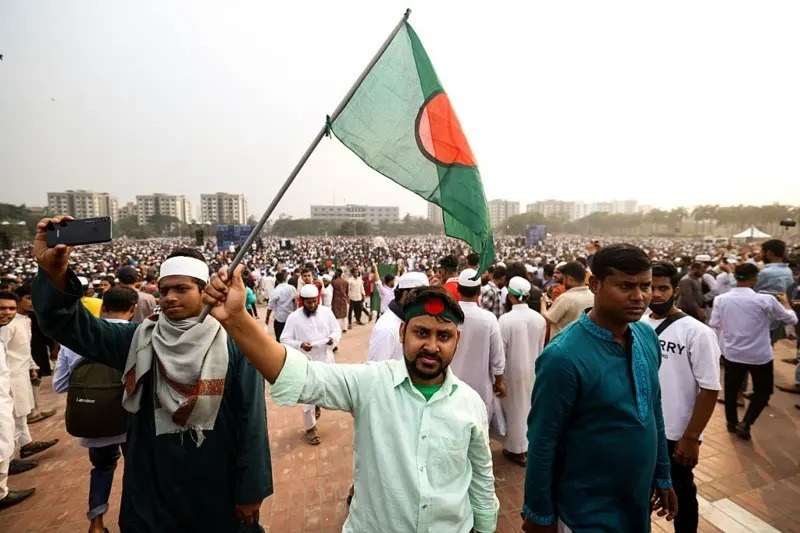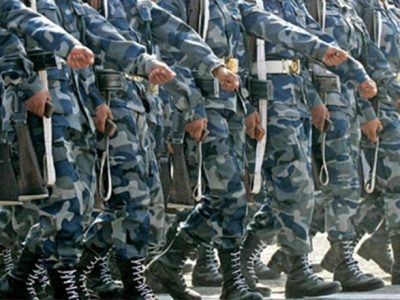India’s China Challenge: From Border Clashes to Global Confrontation

On a moonless night in June 2020, India watched with horror as news trickled in from the Galwan Valley. In the world’s highest battlefield, soldiers engaged in hand-to-hand combat—no firearms, just clubs, iron rods, and bare fists. The result: 20 Indian soldiers dead and an unknown number on the Chinese side. But Galwan wasn’t an accident, nor an isolated incident. It was a calculated act—a brutal reminder that China’s military adventurism is alive and deliberate, aimed at redrawing borders and recalibrating power balances in Asia. The impact of Galwan is so deeply etched in India’s collective psyche that, even five years later, a major Bollywood film on the clash is in the making—a cultural testament to how deeply the episode resonated beyond military and diplomatic circles.
China’s Adventurism on Indian Sovereignty and Beyond
While global attention often remains fixated on the South China Sea and the Taiwan Strait, China’s increasingly hostile posture along the 3,488-kilometer Line of Actual Control (LAC) with India is not new. From the Doklam standoff in 2017 to the deadly Galwan clash and the occupation of strategic vantage points near Pangong Lake, Depsang Plains, and Hot Springs, Beijing has pursued a long-term strategy of incremental encroachment.
The provocation is not just military. China’s claim over Arunachal Pradesh—an Indian state covering 83,743 square kilometers, larger than many European countries—is a deliberate challenge to Indian sovereignty. Known as the Northeast Frontier Agency (NEFA) before 1972 and referred to by China as “Zangnan,” Beijing insists it is part of South Tibet, citing dubious historical ties. These claims are not symbolic—they are strategic. In 2023, three Indian Wushu athletes from Arunachal Pradesh were reportedly questioned by Chinese immigration officers at the Asian Games in Hangzhou: “Why do you need a visa to visit your own country?” That question should send a shudder down the spine of every democracy that values sovereignty, dignity, and international law.
If China’s expansionism is allowed to proceed unchecked—whether in Taiwan, the South China Sea, or the Indian Himalayas—it will erode global norms and legitimize territorial aggression everywhere.
India’s Himalayan Vigil: Beyond Reactive Posturing
India today is in a state of perpetual military readiness—not by choice, but by necessity. With a 15,106-kilometer land border touching six countries, India’s strategic geography is complex. But two nations—China and Pakistan—stand apart for their consistent hostility. Together, they account for nearly 45% of India’s land borders and an outsized share of its security concerns.
In response, India has significantly ramped up troop deployment. Along the LAC, estimates suggest around 200,000 troops—underscoring the gravity of potential future confrontations in eastern Ladakh. When combined with forces along the Pakistan border, total troop concentrations, including paramilitary forces, range from 300,000 to 600,000, making it one of the most militarized zones on Earth. All three adversaries possess nuclear weapons, heightening the stakes.
This militarization is not performative—it is a power struggle. The Himalayas are no longer a Cold War relic; they now form the frontline of a new strategic contest.
India’s evolving command structures—modeled in part on U.S. theater commands—seek better synergy among air, land, and sea forces. However, military assertiveness alone cannot prevent future surprises. China’s adventurism will persist unless India adopts a multidimensional deterrence strategy, blending hard power with economic, diplomatic, and technological instruments.
The contest is not over barren highlands, as Nehru once claimed. These regions hold strategic value for China, particularly the G219 highway linking Xinjiang to Tibet, guarded by the powerful Western Theatre Command. Control of these heights offers surveillance advantages over India’s heartland and increased reach into the Indian Ocean.
China’s Strategy: Encirclement and Attrition
From the Himalayas to the oceans, China is pursuing a two-front strategy: continental assertiveness and maritime expansion. Its Belt and Road Initiative (BRI), which runs through disputed areas, provides strategic depth under the guise of infrastructure. From Djibouti to Gwadar, from Hambantota to Cocoa Island, China is creating a web of dual-use ports and bases.
India must reckon with the illusions of its past—beginning with Nehru’s misplaced faith in “Hindi-Chini Bhai Bhai,” which collapsed in 1962. That history echoed in Galwan in 2020. Just as Nehru misread Zhou Enlai, Modi’s personal diplomacy with Xi Jinping—from Gujarat photo-ops to Wuhan summits—produced optics, not outcomes. Galwan shattered the illusion that goodwill could temper China’s ambitions. The real question is not if China will provoke again—but when, where, and how.
China’s playbook is consistent: assert, occupy, negotiate on its terms, then repeat. Its militarization of the South China Sea, border pressure on Bhutan, strategic proximity with Nepal, economic coercion of Sri Lanka and power politics with Maldives reflect a strategy that fuses military power with financial leverage.
This “military-civil fusion” isn’t accidental. It’s Xi Jinping’s blueprint for global influence. Through debt diplomacy, digital currency (the Digital Yuan), and institutions like the AIIB, China is quietly constructing an alternative global order—one that bypasses the U.S.-led Bretton Woods system. At the heart of this ambition lies a clear aim: to dominate India.
India: Obstacle or Opportunity?
India is the most formidable obstacle to China’s grand strategy. Geographically at the heart of the Indian Ocean and ideologically aligned with democratic coalitions like the Quad, New Delhi poses a direct counterweight to Beijing. Border clashes are not isolated—they are pressure tactics to sap India’s military focus, test its resilience, and challenge its global aspirations.
As former Indian Army Lt. Gen. Rahul R. Singh noted in the context of Operation Sindoor, “What had been known all along but not presented in the manner it should have [is now undeniable].” China’s challenge to India is multi-domain and long-term.
China’s assertiveness demands more than troops—it demands strategy. India and its allies must identify opportunity within this challenge. Each border crisis should compel New Delhi to reassess assumptions and recalibrate its policy—from strengthening Himalayan infrastructure and asymmetric warfare capabilities to expanding its naval presence and deepening alliances.
The steps India has taken are important—but not enough. It must adopt a bipartisan, long-term China strategy that transcends elections. It must expose China’s coercive tactics on international platforms, invest in disruptive technologies, and secure regional influence by supporting neighbors drifting toward Beijing’s orbit.
China is no longer silent. As warned by international relations scholar John Mearsheimer nearly a quarter-century ago, China’s rise is not benign. Its recent moves—excluding India from Iran’s Chabahar project, reducing Indian influence in the Maldives, expanding claims in Bhutan, asserting into Nepal’s politics and building naval bases across the Indo-Pacific—are not random. They signal a rising power convinced its moment has arrived.
Napoleon once warned, “Let China sleep, for when she wakes, she will shake the world.” Today, China is wide awake and no longer feigning weakness. Guided by Sun Tzu’s maxim— “Appear weak when you are strong, and strong when you are weak”—Beijing now projects unmistakable strength. As the world watches the tremors intensify, a critical question looms: How will India, the United States, and the global community respond—before these tremors erupt into full-blown geopolitical quakes?
The author is a security analyst specializing in geopolitics and national security. Views are personal.
Facebook Comment
latest Video
Trending News
- This Week
- This Month

















